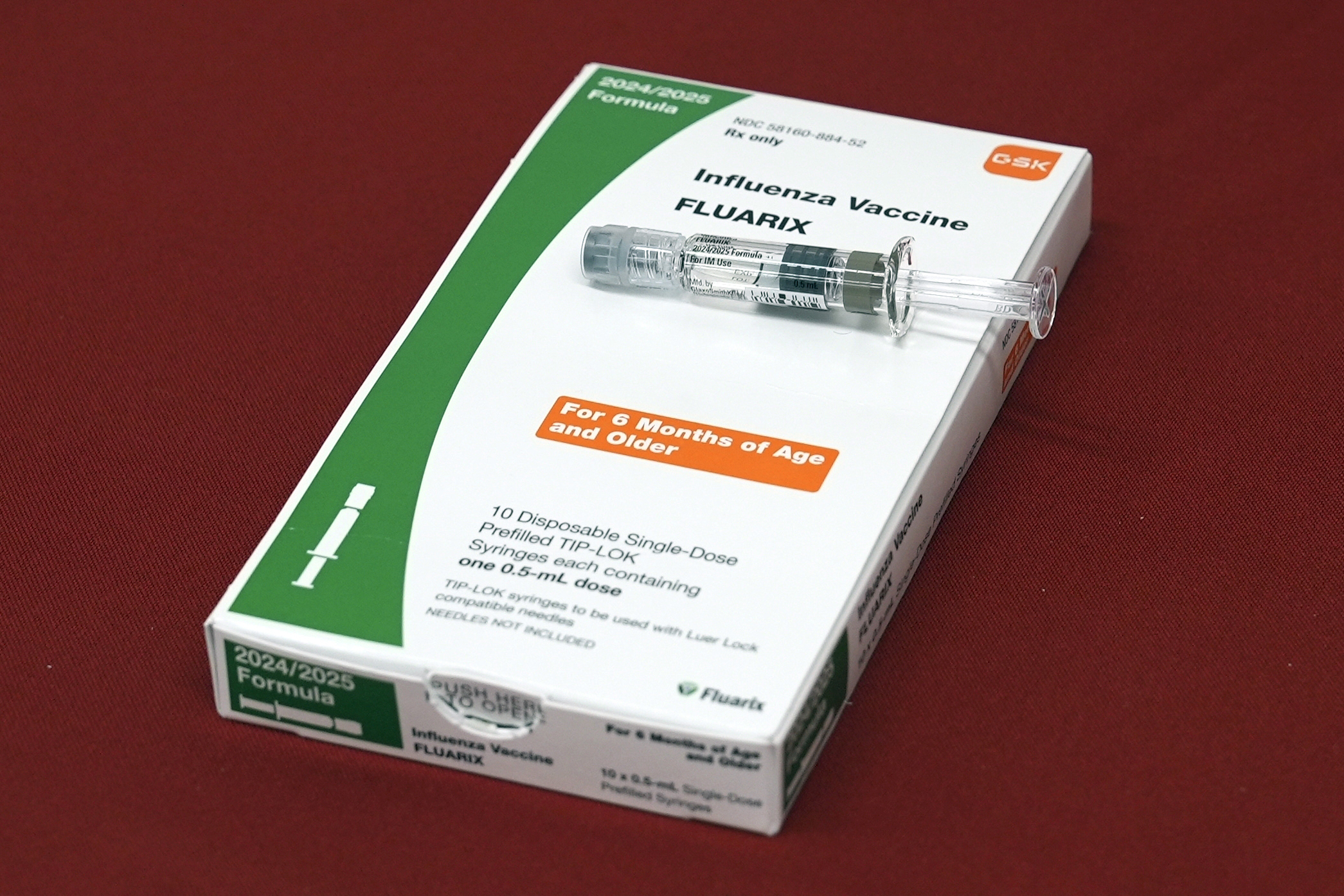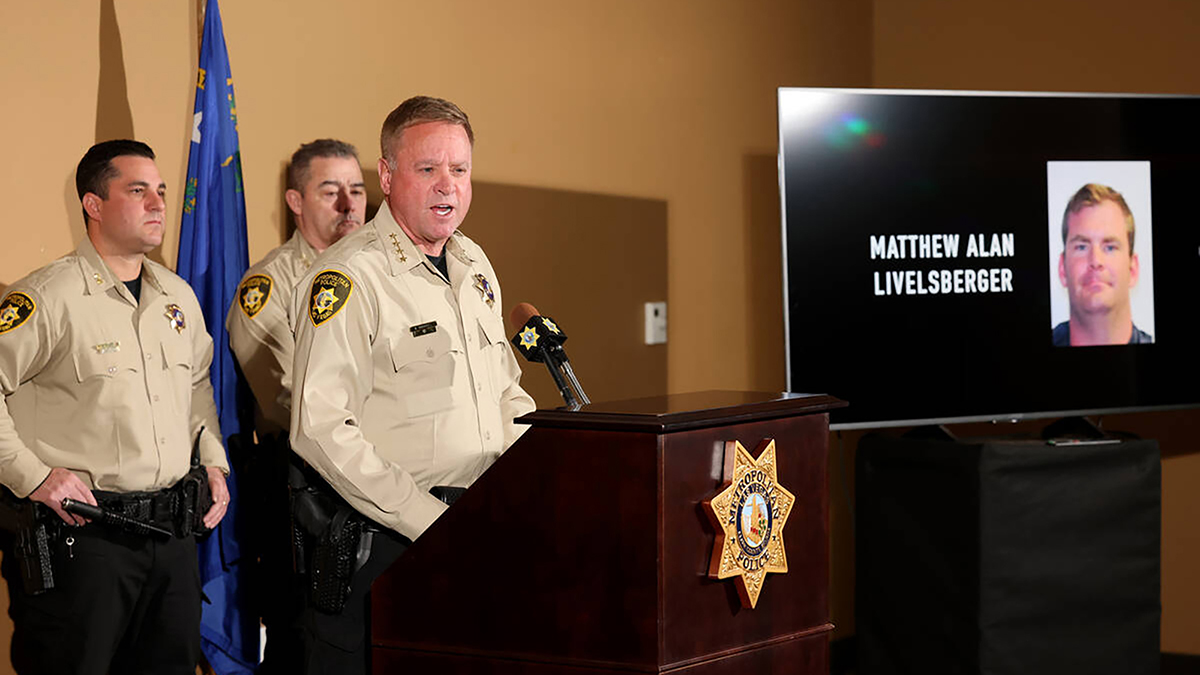
Boeing called off its first astronaut launch because of a valve problem on the rocket Monday night.
The two NASA test pilots had just strapped into Boeing’s Starliner capsule for a flight to the International Space Station when the countdown was halted, just two hours before the planned liftoff.
United Launch Alliance CEO Tory Bruno said an oxygen pressure-relief valve on the upper stage of the company's Atlas rocket started fluttering open and close, creating a loud buzz.
Get top local stories in San Diego delivered to you every morning. >Sign up for NBC San Diego's News Headlines newsletter.
The valve may have exceeded its 200,000 lifetime cycles, Bruno said, which means it would have to be replaced, pushing the launch into next week. But if engineers can determine the valve is still within that limit, the launch team could try again as soon as Friday.
It was the latest delay for Boeing's first crew flight, on hold for years because of capsule trouble.
Bruno said similar valve trouble had occurred in years past on a few other Atlas rockets launching satellites. It was quickly resolved by turning the troublesome valves off and back on. But the company has stricter flight rules for astronaut flights, prohibiting valve recycling when a crew is on board.
U.S. & World
“And so we stayed with the rules and the procedures, and scrubbed as a result," Bruno said at a press conference.
NASA's commercial crew program manager Steve Stich acknowledged it was a tough call.
“We’re taking it one step at a time, and we’re going to launch when we’re ready and fly when it’s safe to do so," Stich told reporters.
Within minutes of the countdown halting, Boeing's new astrovan was back at the launch pad to retrieve Butch Wilmore and Suni Williams from their pad at Cape Canaveral Space Force Station.
Starliner’s first test flight without a crew in 2019 failed to reach the space station and Boeing had to repeat the flight. Then the company encountered parachute issues and flammable tape.
NASA hired Boeing and SpaceX a decade ago to ferry astronauts to and from the space station after the shuttle program ended, paying the private companies billions of dollars. SpaceX has been in the orbital taxi business since 2020.
Here's a closer look at the troubled craft:
THE CAPSULE
White with black and blue trim, Boeing's Starliner capsule is about 10 feet (3 meters) tall and 15 feet (4.5 meters) in diameter. It can fit up to seven people, though NASA crews typically will number four. The company settled on the name Starliner nearly a decade ago, a twist on the name of Boeing’s early Stratoliner and the current Dreamliner.
No one was aboard Boeing’s two previous Starliner test flights. The first, in 2019, was hit with software trouble so severe that its empty capsule couldn’t reach the station until the second try in 2022. Then last summer, weak parachutes and flammable tape cropped up that needed to be fixed or removed.
THE CREW
Veteran NASA astronauts Butch Wilmore and Suni Williams are retired Navy captains who spent months aboard the space station years ago. They joined the test flight after the original crew bowed out as the delays piled up. Wilmore, 61, is a former combat pilot from Mount Juliet, Tennessee, and Williams, 58, is a helicopter pilot from Needham, Massachusetts. The duo have been involved in the capsule’s development and insist Starliner is ready for prime time, otherwise they would not strap in for the launch.
“We’re not putting our heads in the sand,” Williams told The Associated Press. “Sure, Boeing has had its problems. But we are the QA (quality assurance). Our eyes are on the spacecraft.”

THE TEST FLIGHT
Starliner will blast off on United Launch Alliance’s Atlas V rocket from Cape Canaveral Space Force Station. It will be the first time astronauts ride an Atlas since NASA’s Project Mercury, starting with John Glenn when he became the first American to orbit the Earth in 1962. Sixty-two years later, this will be the 100th launch of the Atlas V, which is used to hoist satellites as well as spacecraft.
“We’re super careful with every mission. We’re super, duper, duper careful" with human missions, said Tory Bruno, CEO of ULA, a joint venture of Boeing and Lockheed Martin.
Starliner should reach the space station in roughly 26 hours. The seven station residents will have their eyes peeled on the approaching capsule. The arrival of a new vehicle is "a really big deal. You leave nothing to chance,” NASA astronaut Michael Barratt told the AP from orbit. Starliner will remain docked for eight days, undergoing checkouts before landing in New Mexico or elsewhere in the American West.
STARLINER VS. DRAGON
Both companies’ capsules are designed to be autonomous and reusable. This Starliner is the same one that made the first test flight in 2019. Unlike the SpaceX Dragons, Starliner has traditional hand controls and switches alongside touchscreens and, according to the astronauts, is more like NASA’s Orion capsules for moon missions. Wilmore and Williams briefly will take manual control to wring out the systems on their way to the space station.
NASA gave Boeing, a longtime space contractor, more than $4 billion to develop the capsule, while SpaceX got $2.6 billion. SpaceX already was in the station delivery business and merely refashioned its cargo capsule for crew. While SpaceX uses the boss' Teslas to get astronauts to the launch pad, Boeing will use a more traditional “astrovan” equipped with a video screen that Wilmore said will be playing “Top Gun: Maverick.”
One big difference at flight’s end: Starliner lands on the ground with cushioning airbags, while Dragon splashes into the sea.
THE FUTURE
Boeing is committed to six Starliner trips for NASA after this one, which will take the company to the station’s planned end in 2030. Boeing’s Nappi is reluctant to discuss other potential customers until this inaugural crew flight is over. But the company has said a fifth seat will be available to private clients. SpaceX periodically sells seats to tycoons and even countries eager to get their citizens to the station for a couple weeks.
Coming soon: Sierra Space’s mini shuttle, Dream Chaser, which will deliver cargo to the station later this year or next, before accepting passengers.



